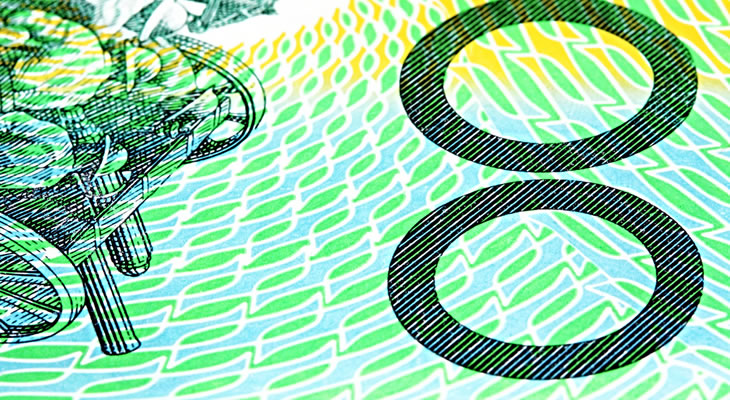As the UK manufacturing and construction PMIs both fell short of forecast in March the Pound came under renewed pressure.
The disappointing data raised concerns that the domestic economy was beginning to lose momentum at the end of the first quarter, although both sectors remained in expansion territory.
Brexit-based uncertainty is likely to only worsen in the coming months, with tensions between the UK and EU already highlighted by disagreements over the order of negotiations and the matter of Gibraltar.
With the domestic economy seen to be in a less robust state of health even before negotiations begin the appeal of the Pound weakened.
However, the fact that the majority of the UK’s economic growth is driven by the services sector limited the softness of GBP exchange rates at this juncture.
Investors are keen to see the corresponding services PMI before engaging in a fresh round of Sterling selling.
If there are any similar signs of slowing, though, the Pound Australian Dollar exchange rate could return to a slump.
Loss of momentum across the board would not bode well for the first quarter UK gross domestic product report, further limiting demand for the Pound.
On the other hand, if politicians on both sides of the Channel demonstrate a softer line of rhetoric in the coming weeks this could put a more substantial floor under GBP exchange rates.
Confidence in the Australian Dollar, meanwhile, faltered in the wake of the Reserve Bank of Australia’s (RBA) April policy meeting.
Policymakers adopted a more cautious view on the domestic economy, limiting hopes that interest rates could move higher any time soon.
As analysts at Westpac noted:
‘With Australian interest rates steady and US rates continuing to rise (two Fed hikes expected this year) supplemented by a turnaround in commodity prices the stimulus required for the domestic economy is likely to come through a more competitive Australian dollar than lower interest rates.’
With the RBA likely to maintain its current neutral policy bias for the foreseeable future the appeal of the risk-sensitive ‘Aussie’ weakened, particularly as commodity prices remained under pressure.
This less hawkish tone overshadowed a better-than-expected Australian trade balance, which showed that the surplus widened from 1.5 billion to 3.5 billion in February.
Demand for the antipodean currency could pick up, however, if March’s services PMI edges back into growth territory.
Following February’s disappointing figure investors will be hoping to see the sector return to a state of expansion, with any reading over the neutral baseline of 50 likely to boost confidence in the outlook of the economy.
Given hopes that Australia will continue to rebalance away from its reliance on the mining industry towards services a stronger showing here could see the ‘Aussie’ rally.
At the time of writing, the Pound Australian Dollar exchange rate was making gains at 1.64. Meanwhile, the Australian Dollar Pound exchange rate was slumped in the region of 0.60.


Comments are closed.